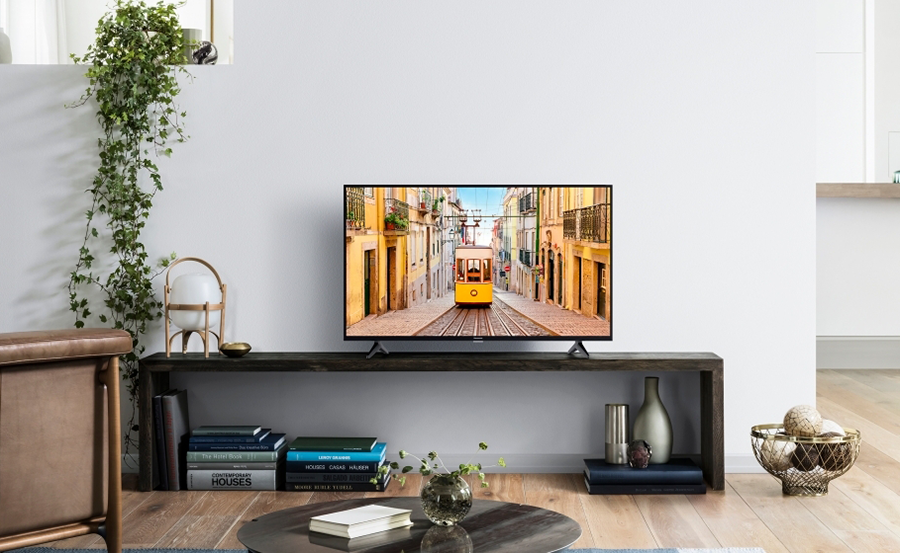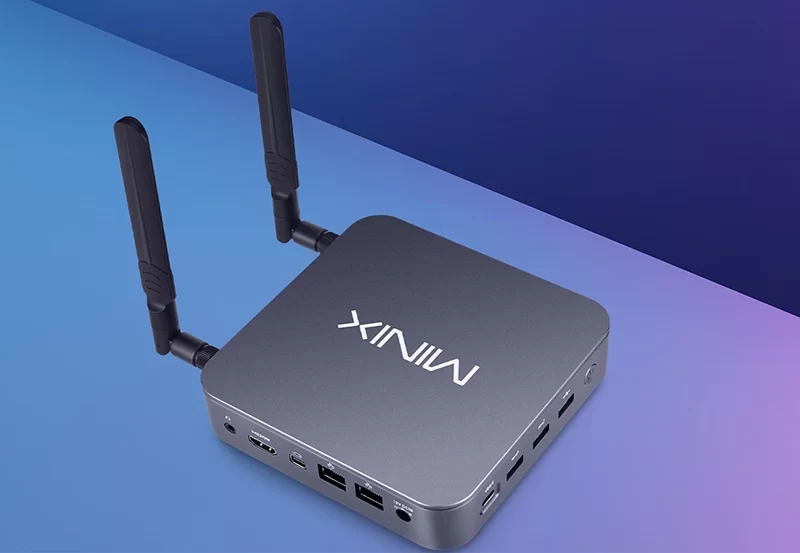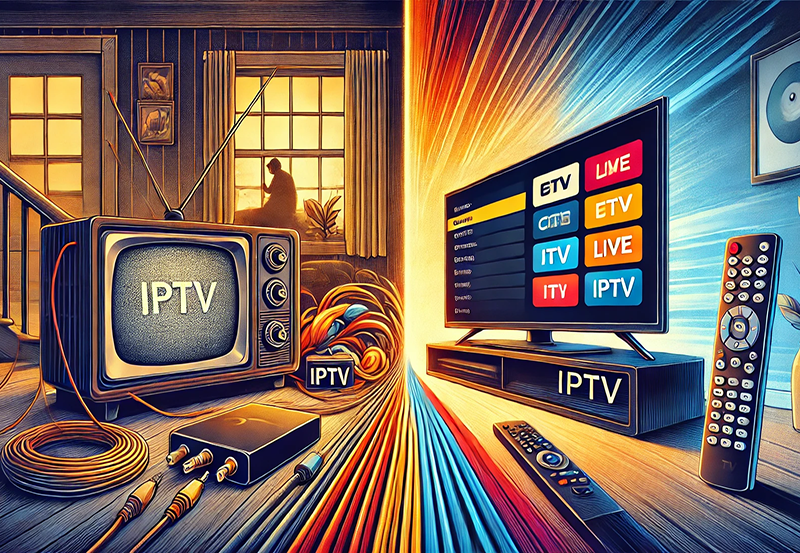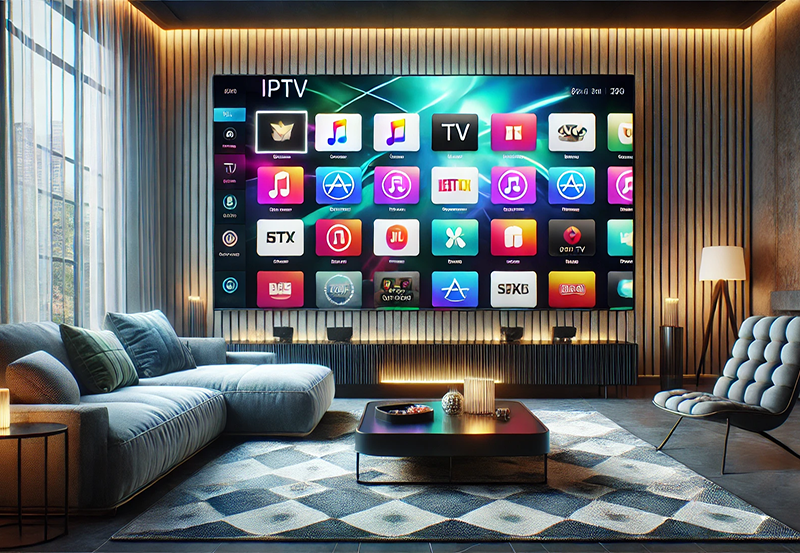In today’s bustling world of technology, finding the right smart TV can feel a bit like searching for a needle in a haystack. With numerous options and features to consider, it becomes essential to pinpoint exactly what matters most in a television set. One brand you’ve likely encountered is Panasonic — a name synonymous with quality and innovation. But how does a Panasonic Smart TV truly stack up against its competitors? This article aims to unravel the intricacies of these devices and help you choose the most suitable option according to your unique entertainment needs.
Understanding Smart TV Fundamentals
Before diving into specific brands, it’s helpful to understand what defines a smart TV. At its core, a smart TV integrates internet connectivity, allowing you to stream content from platforms such as Netflix, Amazon Prime, and others. These devices usually come equipped with their own operating systems and offer a range of applications that extend beyond traditional viewing.
Key Features to Consider
When shopping for a smart TV, you should focus on several key features. These include the type of display — whether it’s OLED, QLED, or LED — resolution, screen size, and the range of available applications. Additionally, consider the smart TV’s interface. Is it user-friendly? Can you easily navigate through your favorite streaming services?
Smart Advice:
Secure your entertainment for a full year with a 1 Year IPTV Subscription, offering uninterrupted access to live TV.
Importance of Connectivity
Connectivity options play a vital role in enhancing your viewing experience. Ensure that the smart TV offers enough HDMI and USB ports to accommodate your streaming devices, gaming consoles, and other gadgets. A robust Wi-Fi connection is also critical, especially if you’re interested in IPTV for sports streaming or other data-intensive applications.
Panasonic Smart TVs: What Sets Them Apart?
Panasonic has long been at the forefront of consumer electronics, garnering a reputation for producing reliable and high-quality products. Their smart TVs are no exception, boasting a slew of features that appeal to a broad audience.
Picture and Sound Quality
Panasonic smart TVs are renowned for their stunning picture quality, thanks in part to advanced technologies like HDR (High Dynamic Range) and proprietary image processing engines. These features facilitate more vivid colors and deeper contrasts, creating an immersive viewing experience. Sound quality also receives ample attention, with Panasonic frequently partnering with audio experts to enhance the auditory element.
User Interface and Experience
A well-designed interface can make or break your interaction with a smart TV. Panasonic succeeds in offering a streamlined and intuitive user experience, courtesy of its My Home Screen platform. This interface emphasizes simplicity, allowing you to swiftly access your most-used applications and content.
Comparing Panasonic to Other Brands
To make an informed decision, it’s crucial to contrast Panasonic smart TVs with offerings from competitors such as Samsung, LG, and Sony. Each brand brings unique attributes to the table, and your choice ultimately depends on your preferences.
Samsung Smart TVs
Samsung is noteworthy for its QLED technology, described as offering some of the brightest displays on the market today. Coupled with their Tizen operating system, Samsung TVs are optimized for multitasking and seamless streaming.
Strengths and Weaknesses
- Exceptional brightness and color accuracy in QLED models.
- A slightly cumbersome remote might deter some users.
- Smooth operation but occasional software bloat can slow down performance.
LG Smart TVs
LG has made strides with their OLED technology, offering self-emissive pixels for true blacks and infinite contrast. With the webOS platform, you get a clean and efficient operating system.
Strengths and Weaknesses
- Top-tier color dynamics and deep black levels.
- Some users report that OLED screens might face burn-in over time.
- User-friendly interface though navigation can become slow with numerous apps.
Sony Smart TVs
Sony’s edge primarily lies in its upscaling technology, delivering extraordinary detail and clarity to sub-4K content. The Android TV system offers robust compatibility with numerous third-party apps.
Strengths and Weaknesses
- Excellent picture processing and detail enhancement.
- The Android interface may appear complicated to new users.
- Superior HDMI 2.1 support for next-gen consoles.
Evaluating the Cost vs. Features
When investing in a smart TV, balancing cost and features is crucial. While higher-end models offer impressive specifications, they may not be necessary for everyone. Understanding your priorities and aligning them with the available options ensures that you won’t overspend on features you won’t use.
Budget-Friendly Models
For those not looking to break the bank, several manufacturers, including Panasonic, offer reasonably priced mid-range models that still deliver a satisfactory experience. You can often find units with decent display quality, satisfactory connectivity options, and essential smart features.
High-End Options
Conversely, high-end smart TVs promise top-tier visuals, a wide array of features, and, often, the latest cutting-edge technology. Brands like Samsung and Sony typically dominate this category, providing TVs that are future-proof yet come with a substantial price tag.
Installation & Setup: Making the Switch
So you’ve settled on a model — now what? Setting up your new smart TV can seem daunting, but it’s quite straightforward with the right guidance. Here are some steps to simplify the process and improve your overall IPTV experience.
Basic Installation Steps
Installing your new TV requires some foundational steps: securely mounting it either on a stand or wall, ensuring all cables are properly connected, and powering up the device. Following the manufacturer’s setup guide will help minimize any initial hiccups.
How to Install IPTV
IPTV stands for Internet Protocol Television, which allows you to stream live channels and shows over the internet. To install IPTV on your smart TV, begin by downloading a compatible IPTV app — many of which can be found in your TV’s app store. Once installed, follow the instructions to set it up, ensuring your internet connection is stable and capable of handling high-quality streaming.
Master Your IPTV Entertainment
Once your IPTV setup is complete, the next step is mastering your entertainment choices. You’ll find countless channels and shows to select from, each catering to diverse tastes and preferences. Whether you’re an avid sports fan or movie buff, there’s something for everyone.
Tailoring Content Preferences
Customizing IPTV content is a simple yet powerful feature of smart TVs. By setting up user profiles or selecting favorite channels, you ensure that your must-watch shows are easily accessible. Some IPTV services even allow you to set recording preferences for future viewing.
IPTV for Sports Streaming
If sports sit high on your entertainment agenda, IPTV offers unmatched access to a broad array of sports channels. From live games to exclusive sports shows and highlights, you’re all set for a comprehensive sporting experience from the comfort of your home.
Additional Considerations and Technical Support
Even the best smart TVs may occasionally stumble into technical challenges. Having decent technical support can make all the difference, ensuring that your immersive viewing experience remains uninterrupted.
Manufacturer Support and Warranty
Buying from a reputable brand typically means solid after-sales support and warranty options. You’ll often find that Panasonic, Samsung, and others offer substantial support resources, including help lines, service centers, and online tutorials to resolve common issues.
Third-Party Assistance
In some cases, third-party services can offer additional assistance, especially for tasks that might fall outside the manufacturer’s usual remit, such as complex home theater setups or bespoke calibration. Take care, however, to choose trusted service providers for these tasks.
The Closing Thoughts
Choosing the right smart TV can feel a bit overwhelming, but understanding your needs and matching them to available features and options can make the process remarkably simpler. Whether you opt for a Panasonic or its competitors like Samsung, LG, or Sony, remember that the ideal choice harmonizes both quality and user experience without straining your budget. Take into account your particular preferences — be it for sports streaming via IPTV or superior picture quality.
FAQ

Is Panasonic better than competitors for sports streaming?
Panasonic offers a competitive edge with its exceptional picture quality, which significantly enhances sports streaming experiences. However, factors such as the availability of specific sports streaming apps and overall interface preferences should also be considered when comparing brands.
Why should I consider IPTV for my smart TV?
IPTV allows you to access a wide range of streaming content, including live sports, international channels, and niche programming that your traditional cable subscription may not offer. It’s an affordable way to expand your entertainment options.
What setup considerations should I keep in mind for IPTV?
First, ensure your internet connection is reliable and fast enough to handle streaming without interruptions. Then, choose a reputable IPTV app that is compatible with your smart TV. Follow the app’s specific instructions for setup, and you’ll be good to go.
Do Panasonic smart TVs support all major streaming services?
Panasonic smart TVs usually support a wide array of popular streaming services like Netflix, Hulu, and YouTube. However, it’s always a good idea to check the specifications for your particular model to ensure the services you need are supported.
What are common issues with smart TVs, and how can I resolve them?
Common issues might include connectivity problems, app crashes, and lag. Most issues can be resolved by ensuring your TV firmware is up-to-date, resetting the device, or consulting the manufacturer’s support services for further guidance.
How does picture quality on Panasonic compare to LG’s OLED?
Panasonic delivers impressive picture quality, though some users may argue that LG’s OLED technology provides superior blacks and vibrant colors. Your choice should be informed by individual preferences regarding display technology and viewing habits.
Are there any hidden costs with smart TVs I should be aware of?
While the initial cost of a smart TV is upfront, additional expenses can include subscription fees for streaming services, purchasing additional connectivity accessories, or hiring professional installation services if needed.
How to Identify and Solve IPTV Streaming Delays





